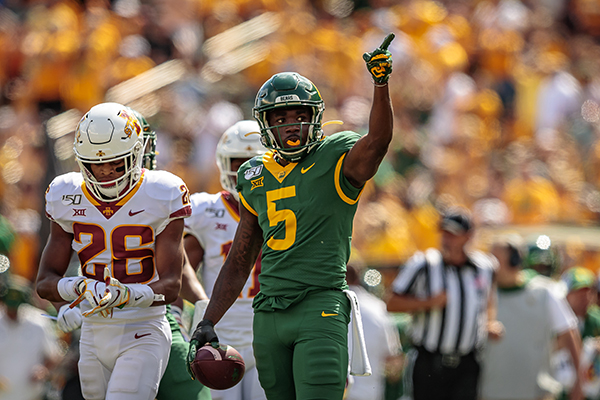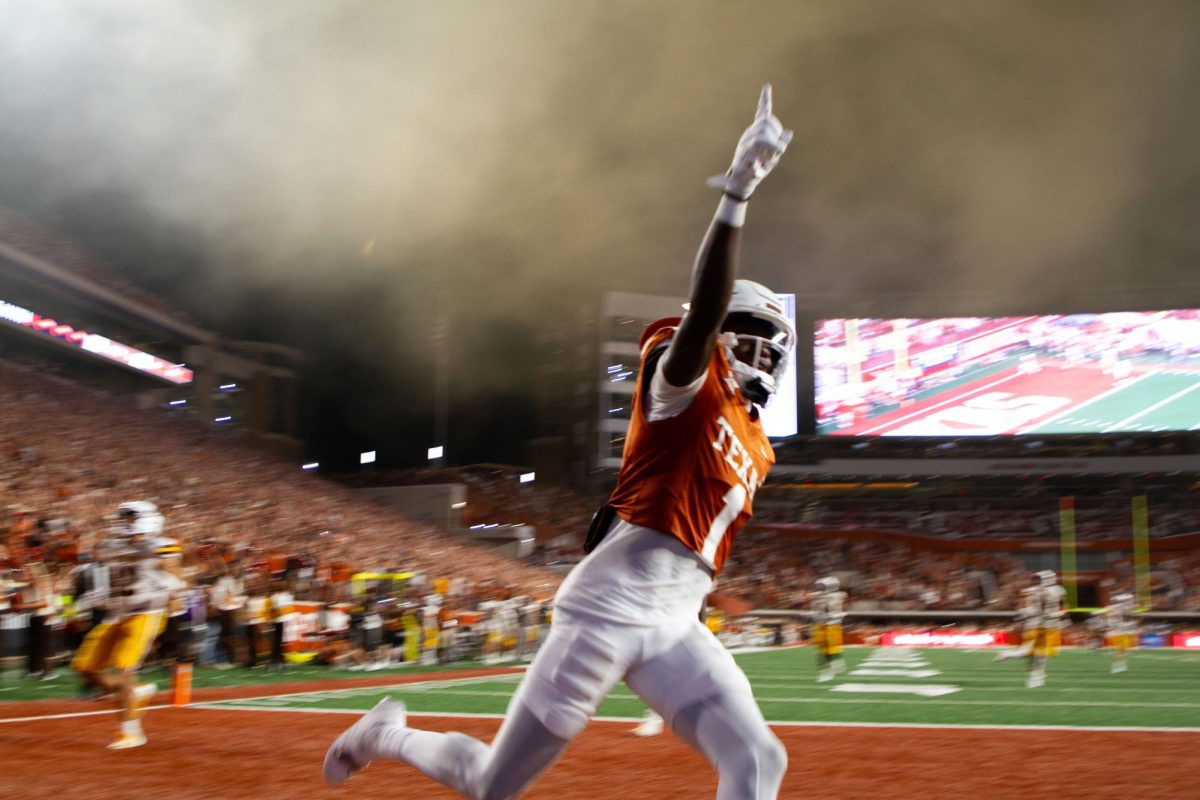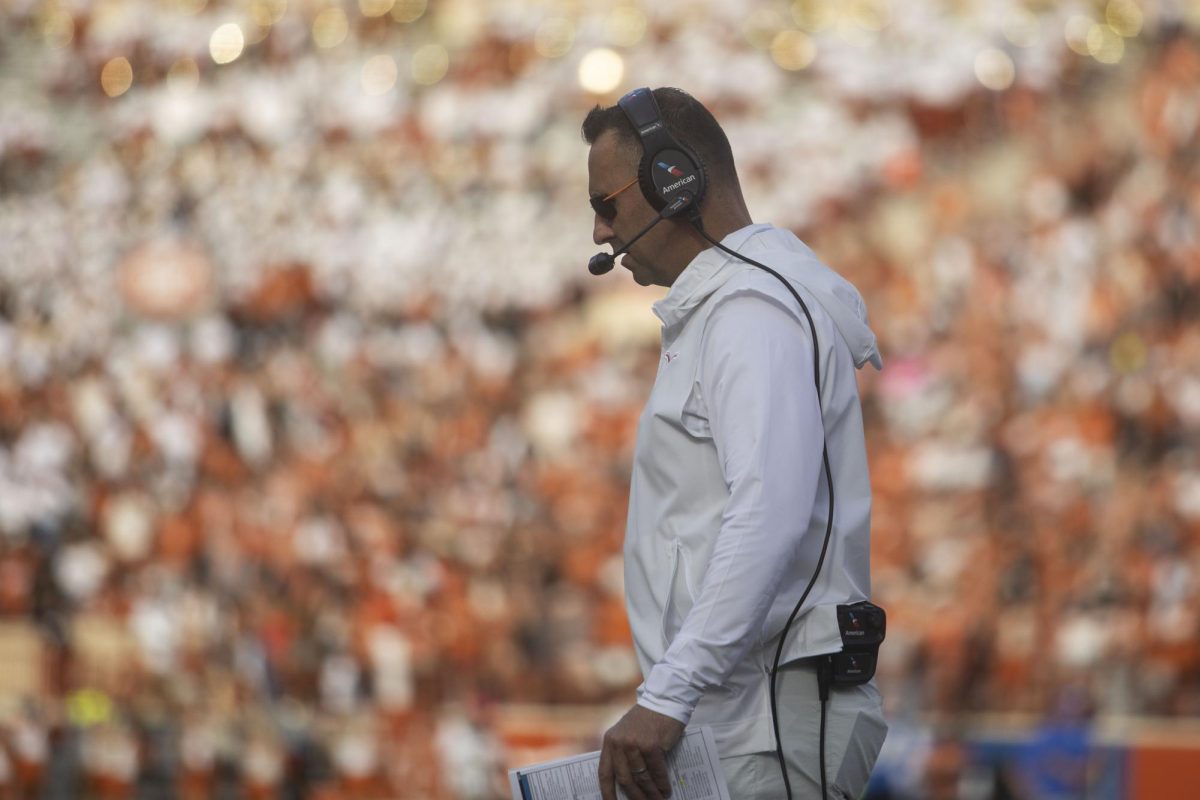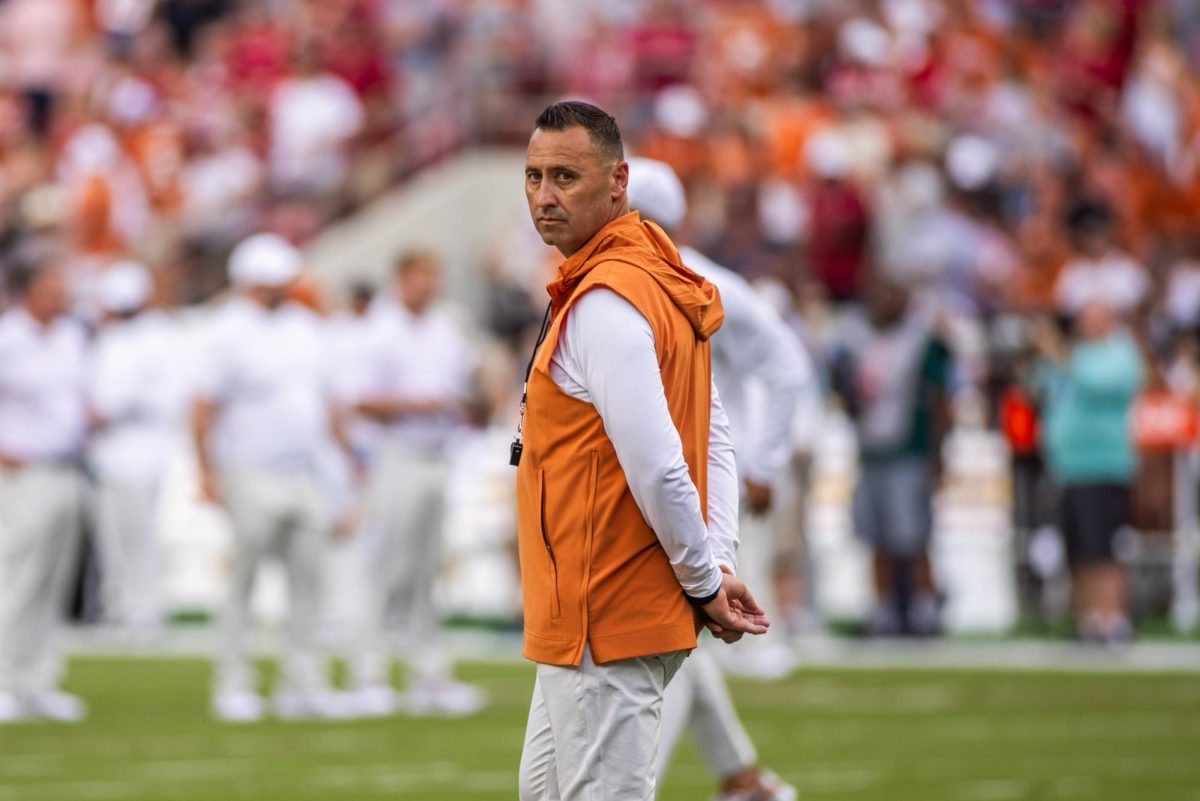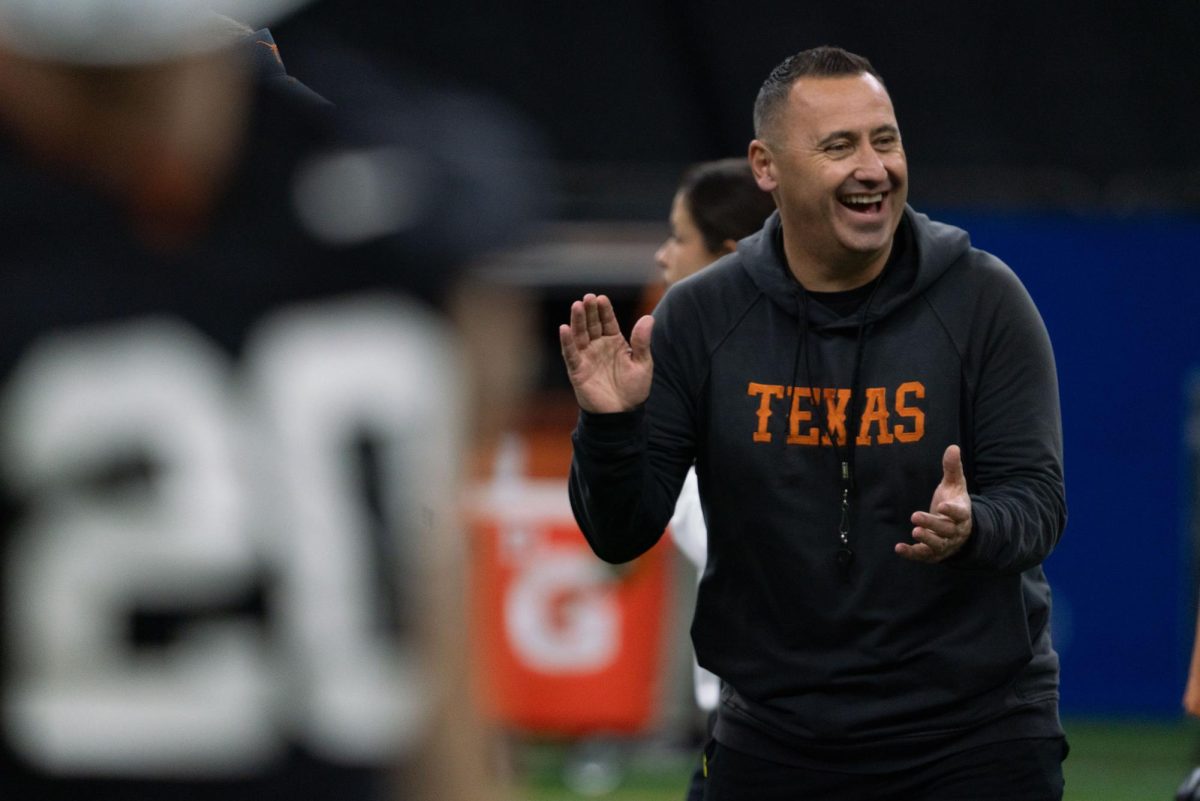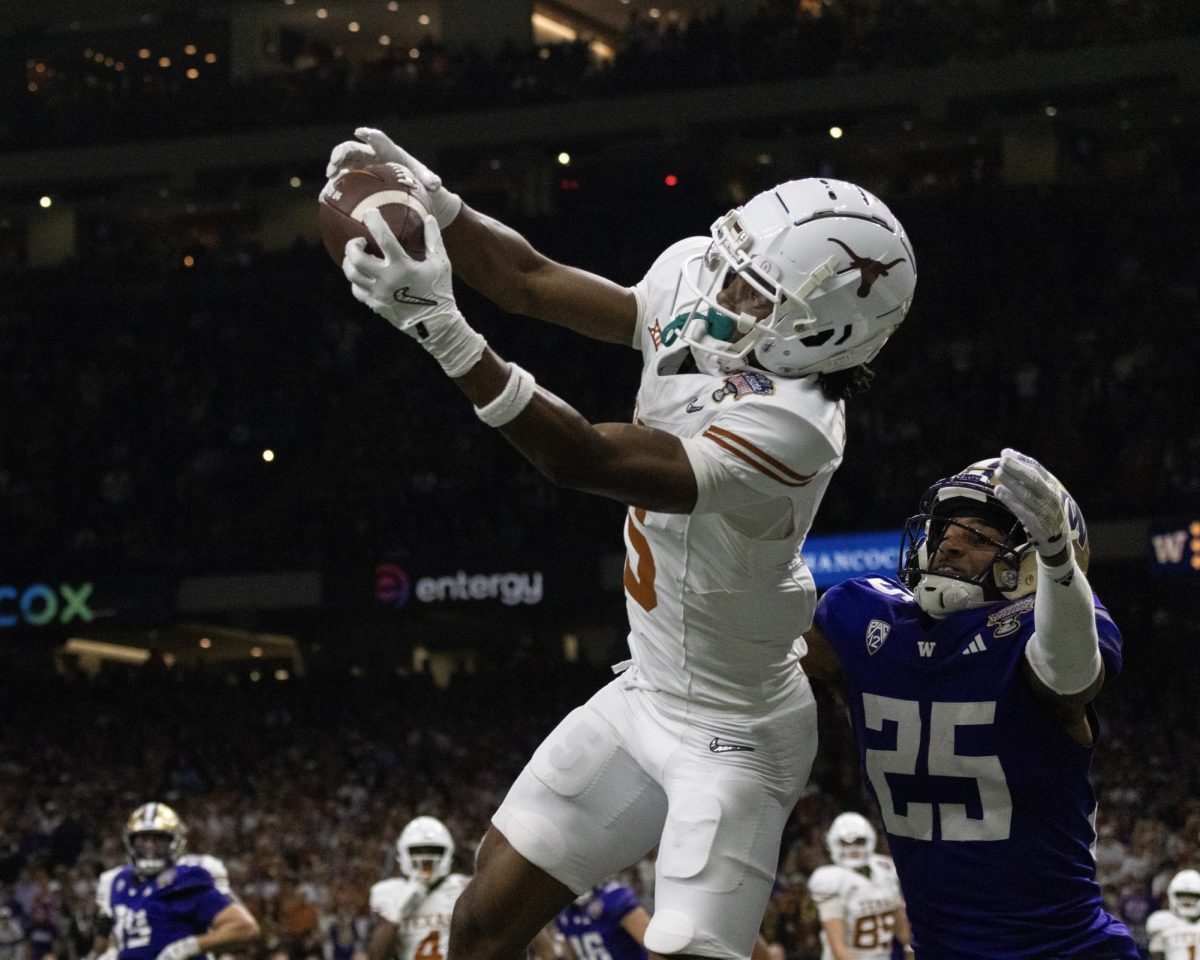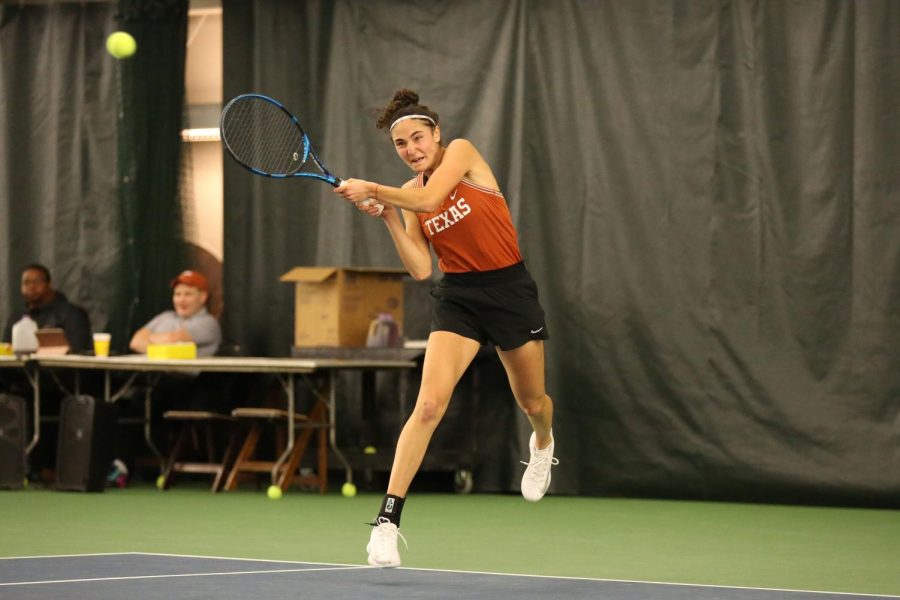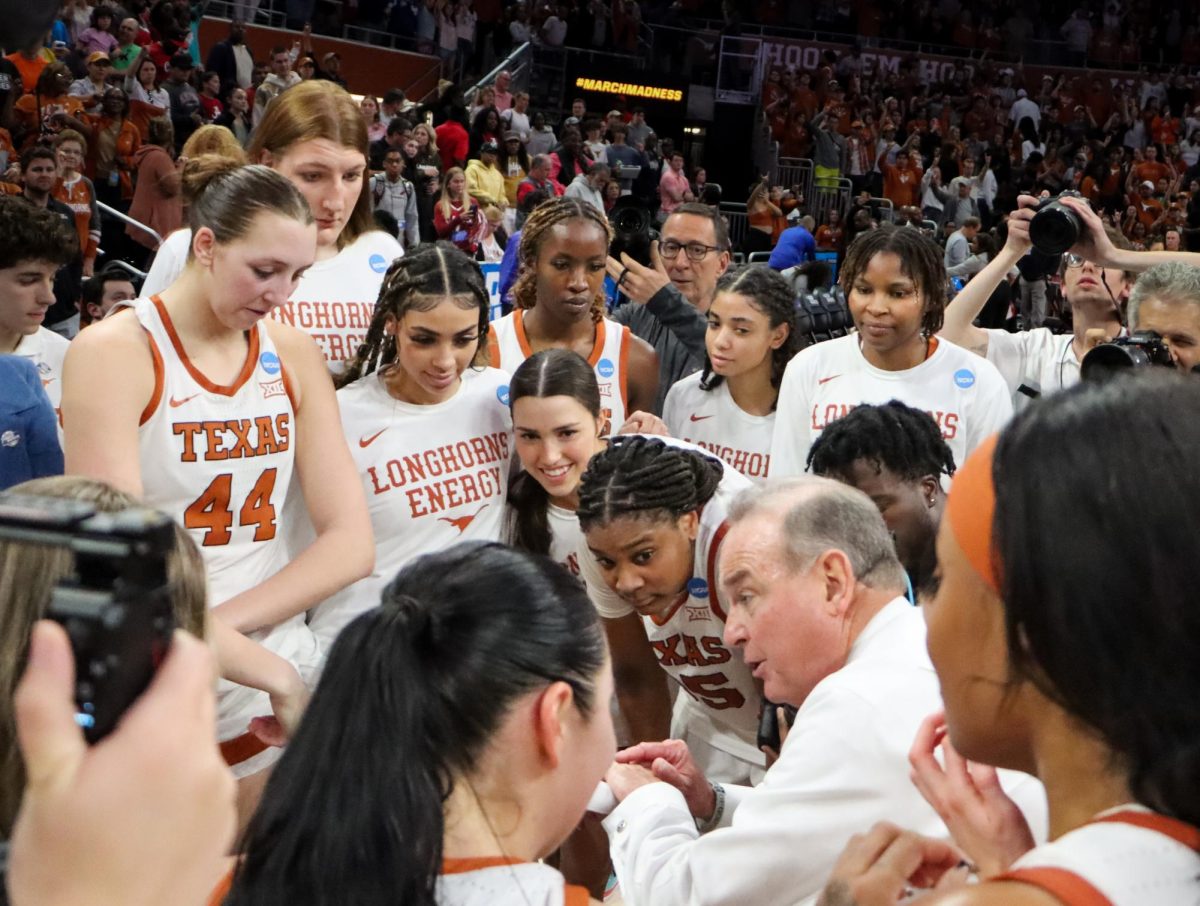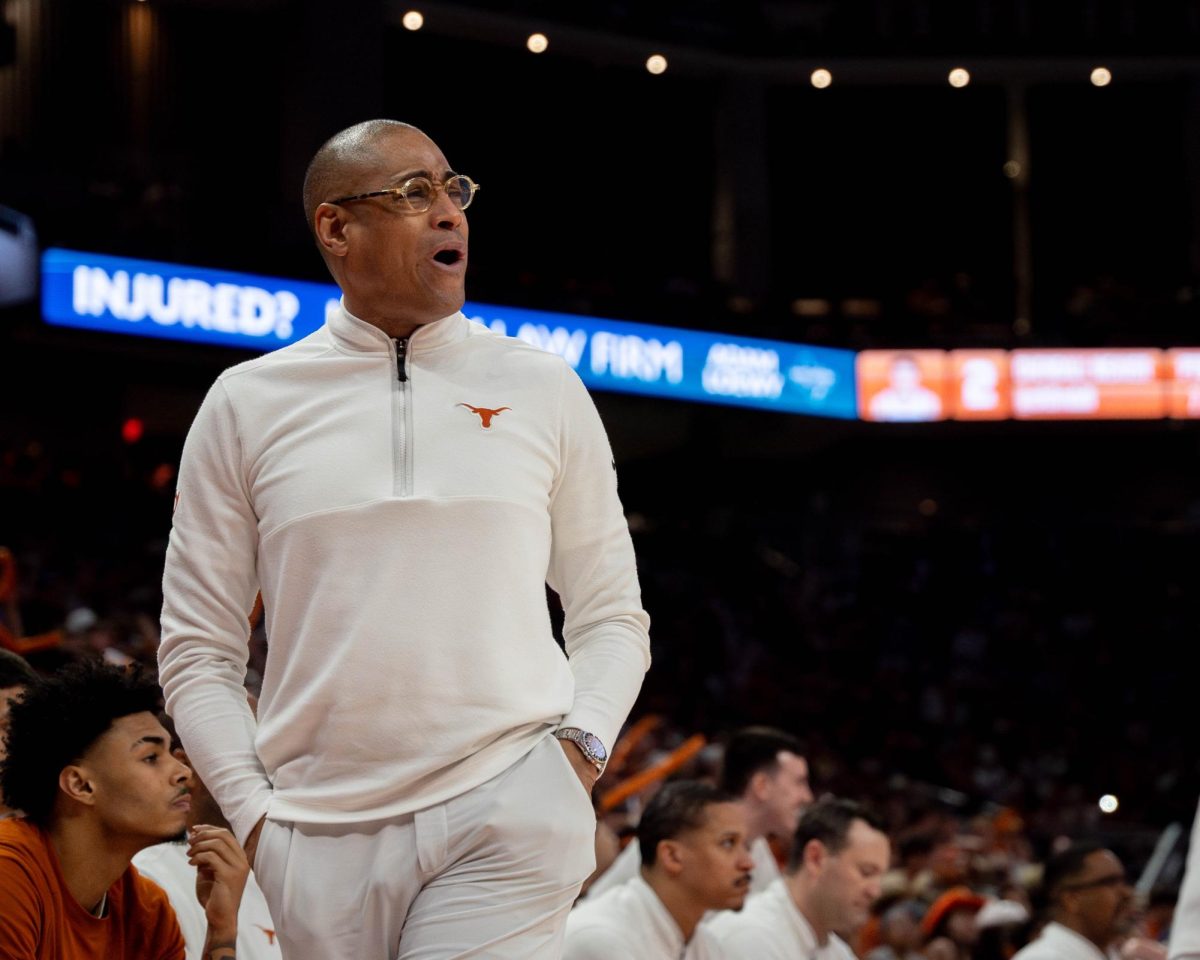The 2019 Baylor Bears are once again a good football team, as shown by their 9–0 start to the season and the 3 point game they played with Oklahoma last week. So in preparation for the Baylor versus Texas game this Saturday, here’s a breakdown of some of the ways Baylor has found success this season.
Let’s start with the Baylor offense. The Bears’ offense repeats several similar variations of the same run and pass plays to set up a concept that I feel is the cornerstone of their offense. The idea is that Baylor establishes a good inside run game from the shotgun formation and runs this way throughout the game. When these runs are working, and they almost always are, it forces opposing linebackers to crash down to the line of scrimmage and play their gaps when they see the run. This is when Baylor mixes in run fakes with a specific repeated route concept. Baylor wants opposing linebackers to come down to the line of scrimmage when they fake a run on these pass plays. This allows Baylor to run a slant or post over the linebackers for easy 8-15 yard gains. Here are a couple examples.
In this image you see the linebackers have come down to the line of scrimmage due to the fake handoff currently taking place. The receiver at the bottom of the image will then bend his route over those linebackers for a catch.
Baylor has run this concept throughout all of its games this year — establish the inside run so that opposing linebackers have to respect it, then throw right over their heads. A key to stopping this style of play is ensuring that one linebacker down the middle, a middle safety or a slot defender, is ready for the inside post. This can make the route unthrowable without committing too many resources away from the run. After getting burned by the play action posts early, Oklahoma adopted this strategy. Once Oklahoma was able to commit to run stopping without fear of chunk yards down the middle of the field, Baylor was forced to desperately try reestablishing their run game. This forced many 3rd and longs in the second half, allowing Oklahoma to take over the game.
Another go-to Baylor play is a pretty standard rollout play which is aimed for 4-8 yard gains. The idea is to get all receivers moving in the same direction but at different depths. Against zone coverage, these routes have a verticality that prevents a single zone defender from covering multiple routes. Against man coverage, defenders trail receivers so a well-placed ball is an easy completion. The purpose of rolling the quarterback out with these routes is to place him on the same plane as the receivers, so the pass never has to travel great distances and can therefore be delivered quickly and accurately. Here’s an example.
The key to stopping these rollouts sounds like an oversimplification: good coverage. If defenders can position themselves in ways where they can break up a pass to any receiver, then the play is easily stopped. Defenders would do this easiest in zone coverage if defenders on the side of the field being run away from slide into coverage on the opposite side. Because the quarterback is immediately on the move, as seen in the example above, it becomes impossible for him to accurately throw to the opposite side of the field. The quarterback will also have less time to throw as defensive linemen chase him toward the sideline. Oklahoma was able to stop the rollout in this way, and because of that stop, Baylor never went back to it. On the other hand, West Virginia found themselves unable to prevent medium yardage from being gained on every one of these rollout plays, and because of this, Baylor ran the play on nearly half of their drives that game, utilizing the play in situations where they needed 4-8 yards.
The final play worth mentioning is a go-to short yardage play for the Bears. Baylor runs the vast majority of their plays out of a shotgun formation, but whenever they have only 1 yard to go, they frequently move down to a single-back formation and run a QB sneak. This worked more often than not, so the Texas front seven should be wary of this play on short yardage situations.
If Texas is able to stop these key plays on Saturday as Oklahoma was able to do starting in the second quarter of its game against Baylor last week, Baylor won’t have much to fall back on and Texas should be able to limit them to a modest score.
Defensively, Baylor is a very interesting team, to say the least. Baylor’s base defense, the one they run in a regular down situation, is a 3-3-5 nickel defense. This means there are three defensive linemen, three linebackers and five defensive backs. A typical 3-3-5 looks something like this:
However, when Baylor runs its defense, it will almost always start with three high safeties — an unorthodox approach. It may also move a linebacker into a slot defender role as shown here.
Baylor loves to try and obfuscate its coverage from this look. The number of linebackers who blitz will vary throughout the game despite them always starting from the same position over the line. Two of the three deep safeties will also move a lot presnap. The safeties will come down to match with slot defenders or all stay high in a look that isn’t frequently seen in other defenses. Once the ball is snapped, the regular responsibilities of these defenders become more clear. First and foremost, the three linebackers on every play have the responsibility to fill gaps right away on any run play, as there are only three defensive linemen. The linebackers will even pursue their gaps aggressively on play action.
You may be thinking ‘Wouldn’t a great way to beat this be to run a play action play with an inside post like Baylor does?’ If you did think about that, go ahead and pat yourself on the back because Oklahoma head coach Lincoln Riley thought the same thing. The Sooners tried this a couple of times in the start of the Oklahoma versus Baylor game. However, because of the way Baylor crowds the deep middle with safeties, an inside post can’t have much success. When Riley attempted it, one of the Baylor safeties made a great hit as the ball was being caught to break up the pass.
One thing that teams have had lots of success with is running the ball between the tackles with a tight end or a full back as an extra blocker. Because the Baylor defense is a nickel defense, they only have six front line defenders as opposed to seven. They typically get away with this by aggressively committing linebackers to the run, but having one or two extra blockers can mitigate this aggression and pump out regular gains on inside runs.
Another thing teams, especially Oklahoma, have had success with against this run defense is QB option runs. In these options, the quarterback will run in the opposite direction of the path the running back would have taken and in the opposite direction of the way the offensive line is blocking. Running opposite the blocking direction may seem counterintuitive, but because of Baylor’s 3-3-5 formation, they have no true edge being set. The gaps filled by linebackers will also change based on the direction of the run. Because of this, if a team can get Baylor’s front six to commit to a run to one side, the back side will be wide open for a QB keep — a play Texas favors a lot.
Passing against Baylor’s unorthodox defense is a bit more difficult. The Bears almost always run zone coverage and almost always have more shallow zone defenders than receivers running routes. This is due to the fact that they often rush only 3 or sometimes 4, which works very well for them. Because of this, once a receiver runs through a defenders zone, the defender doesn’t pass them off to another zone as most teams would. Instead, the zone defender will man up the route, and the zone defenders who have not had a route to defend will spread further out, filling in the gaps created by vacated zones. This method works very well and is part of why Baylor is ranked first defensively in the Big 12 in points per game and third in yards per game. However, both Oklahoma and West Virginia provided great examples of how to beat this coverage, which should help Texas create a blueprint for success in the passing game.
In order to rack up monster yardage and points to come back from a 28-3 deficit, Oklahoma frequently ran passing concepts where they would have some receivers run routes solely to draw zone defenders out of place and then run other routes to where those defenders had previously been. Here’s an example.
The objective of the routes in this image is for the corner to follow the outside receiver vertically up the field while the linebacker above the slot receiver doesn’t commit to the out route, anticipating the corner to be there.
Another play that was used to get big yards was West Virginia running this play action post. It started with play action fake to freeze the three high safeties. Then, the wide receiver at the top of the image below, who had drawn a corner to him in man coverage, bent his route deep and inside over the top of the safeties. The corner covering him trailed behind and was forced to watch a big completion.
In the end, 9–1 Baylor has been an excellent team this season but not without many core tendencies. As fans, we should expect to see Texas exploit these tendencies if it wants to come away with a win.



